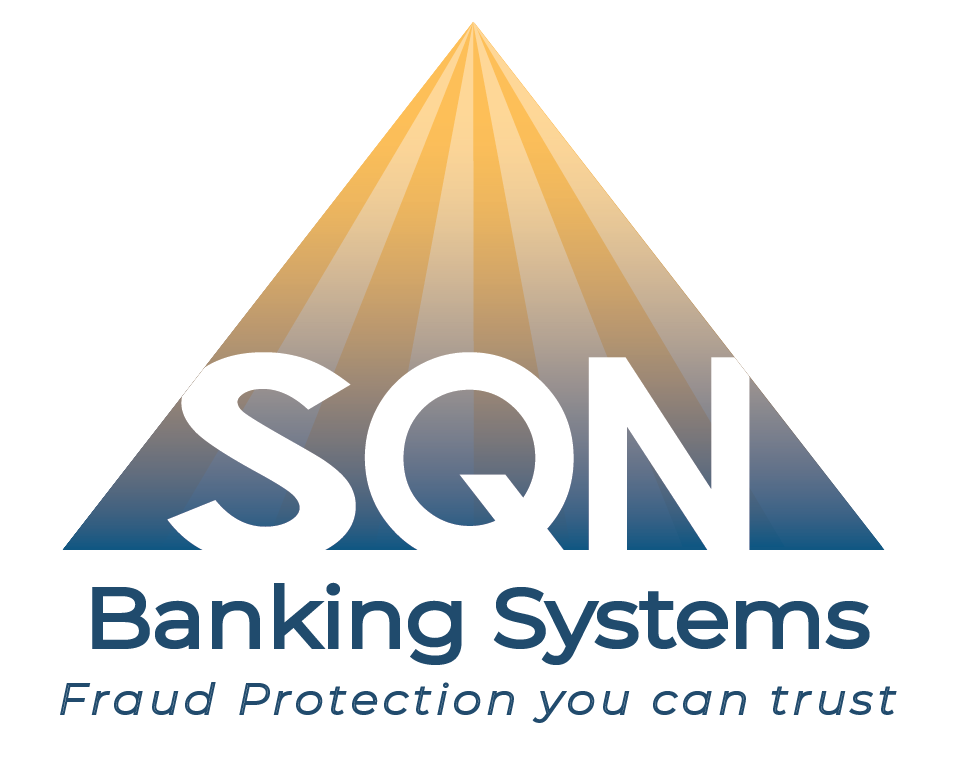 When your customers open an account, they need to provide with you a signature. Traditionally, this happened in person with a paper signature card, but as more and more banking services move online, financial institutions must shift to e-signatures.
When your customers open an account, they need to provide with you a signature. Traditionally, this happened in person with a paper signature card, but as more and more banking services move online, financial institutions must shift to e-signatures.
To help you out, this guide outlines the purpose of signature cards, and it explains what you need to do so that you can safely and conveniently collect e-signatures from your customers.
What Is a Bank Signature Card?
Financial institutions use signature cards to organize their customer’s signatures. Traditionally, signature cards were on paper, but an increasing number of financial institutions now store signature cards electronically.
What Is the Purpose of a Signature Card?
Financial institutions use signature cards to verify their customers’ signatures. When a customer opens an account, their bank keeps the signature card on file and uses it to check the validity of the customer’s signature on checks and other documents.
Here are the three main purposes of a signature card:
- Note the account holders — The primary purpose of a signature card is to show who owns the account. If an account holder adds or removes someone from the account, the bank must update the signature card accordingly.
- Create a record of the customer’s real signature — When someone presents a check or signs a withdrawal slip, the bank can compare the presented signature with the signature on the card to make sure that it’s valid. This process used to happen manually, but there is now signature verification software that can automate this process and improve its accuracy.
- Show the number of signatures required for certain transactions — This typically comes into play for business accounts, but it can apply to some personal accounts with multiple account holders. This part of a signature card shows how many signatures are required for certain types of transactions. For instance, a business account may require two signatures on checks over a certain value.
What Details Are on a Signature Card?
When someone opens an account at your bank, you will request a variety of information to verify their identity, but which of these elements should you include on the signature card? Generally, you should include the following:
- Account holder name
- Date of birth
- Address
- Social Security (SSN) or Individual Taxpayer Identification Number (ITIN) for individuals
- Employer Identification Number (EIN) for businesses
Ideally, you should have all of this information from each of the account holders, and of course, you should also make sure that you have their signature on file.
Signature Cards for Online Account Opening
An increasing number of consumers don’t want to come into bank branches to open accounts or apply for loans. To stay competitive in the face of shifting consumer demands, financial institutions must offer online services. But collecting signatures remotely can be challenging.
If someone doesn’t sign a physical card, you need to collect an e-signature. When choosing a vendor to facilitate e-signing for your customers, you should choose a company that can do the following:
- Capture eSignatures in the branch or remotely from the customer — This standardizes the process of creating signature cards, regardless of whether someone is guiding themselves through the process online or working with a personal banker in your branch. A standardized process ensures that you don’t miss any details.
- Store signatures in a database — A searchable database lets you easily look at customer signatures as needed. Ideally, you should be able to pull up customer signatures along with account information in your branch, but you may also want the ability to access this information remotely on iPads or Android tablets.
- Save multiple signatures on one account — To streamline the account opening process for individuals and businesses with joint account holders, your e-signature solution should be able to capture multiple signatures.
- Capture photo IDs and passports — When you store photo IDs along with signatures, you have everything you need to verify a customer’s identity if they’re cashing a check or doing another transaction in your branch.
- Instantly upload signatures to databases — With a lot of new account fraud, the thieves commit the scam very quickly after opening the account. If you instantly upload signatures to the database, you can minimize the risk of fraud on these accounts.
- Embed signatures into PDF documents — You don’t just want an e-signature solution that can help your customers open accounts remotely. You also need a solution that can help them facilitate other types of transactions. In particular, they should be able to sign pdf documents electronically.
- Export signature image and metadata — Signature verification tools rely on metadata. They look at static and dynamic elements to assess the risk of forgery. To help these tools work as effectively as possible, your e-signature solution should save metadata as well as the image of the signature.
- Automatically verify signatures — Automated tools can review on-us checks or other signed documents for signs of forgeries, freeing up your team to focus on other tasks. Automating this process can help you detect more issues because it allows you to keep an eye on all checks regardless of value.
- Display signatures for manual review — Once the signature verification tool detects an issue, it should request a manual review. To streamline this process, you need a solution that can show your employees the presented signature and the reference signature on the same screen in an easy-to-use workflow.
Contact SQN to Talk About E-Signatures
At SQN Banking Systems, we offer a range of solutions and services to help our customers reduce their risk of fraud. Our solutions include signature verification, check image analysis, transaction analysis, alert review workflow, and more. We design our tools to help you meet the demands of contemporary customers, while also improving the security at your bank.
Want to safeguard your reputation, reduce your risk of fraud, and improve services for your customers? Then, contact us today. We can start with a fraud process review and help you identify the best ways to fight fraud at your financial institution.
